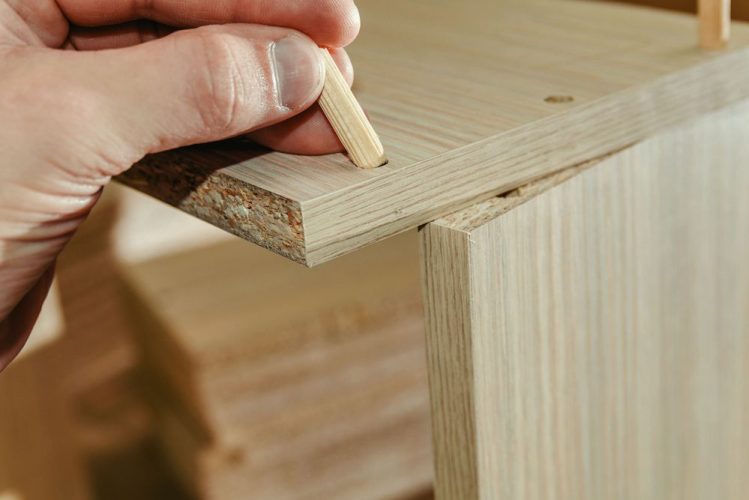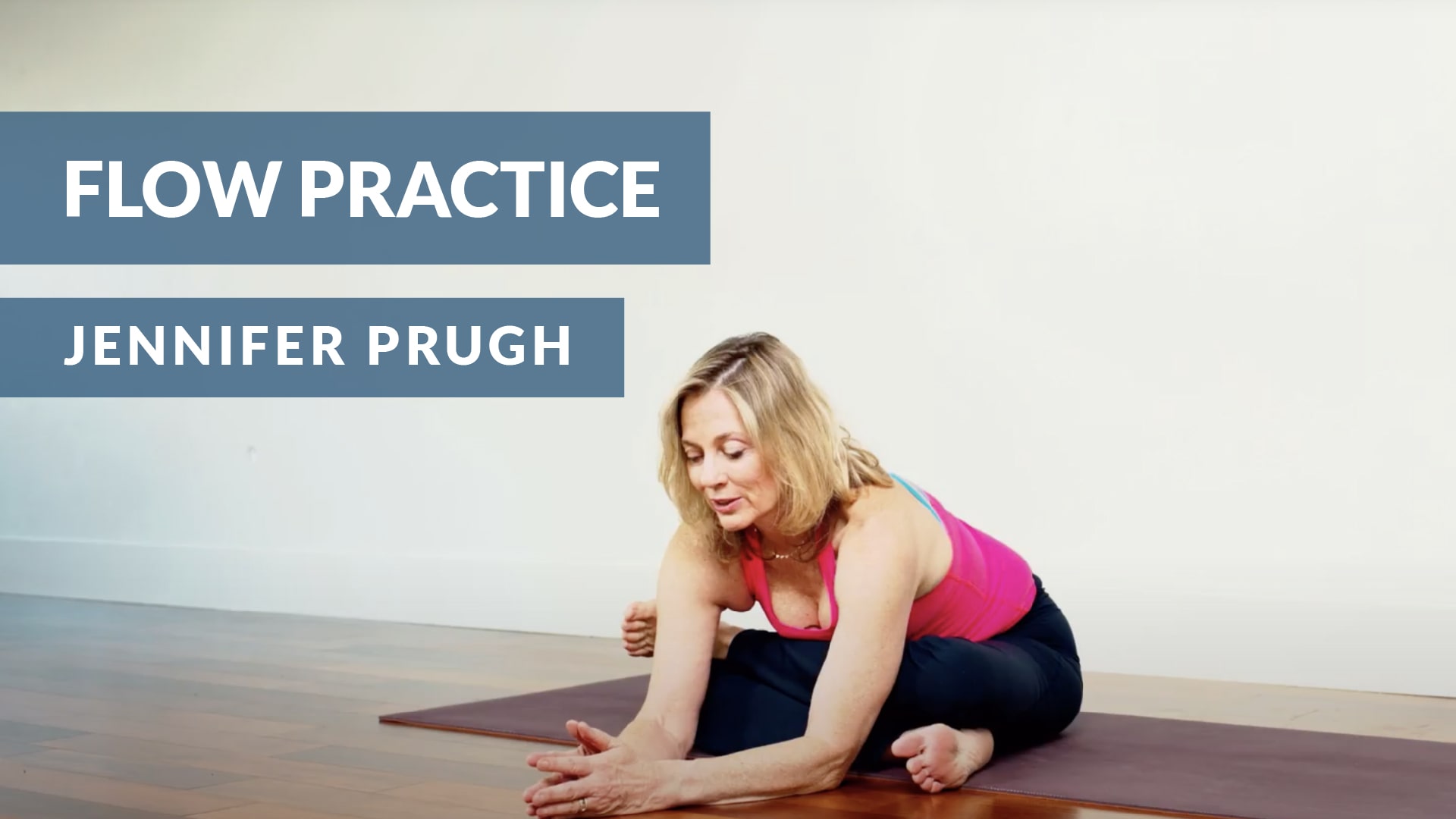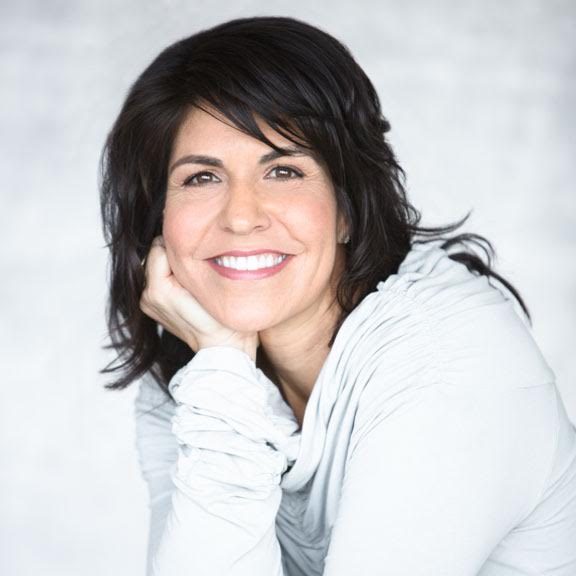A few weeks ago, I was sitting in the parking lot of my beloved acupuncturist’s office, going through my pre-appointment consult over the phone. I shared how frustrating it is to be over two years out from my car accident and still struggling so much with physical pain and setbacks. I commented that it feels like I haven’t made any progress, or rather, that I should be further along in my healing. She gently reminded me that when I first came in to see her months after my accident, I was using a walker – bent over, inch-by-inching my way through the door. I started to tear up thinking about that season; it is always so easy for me to forget.
Fast forward to yesterday and I’m slogging my way through an IKEA assembly. I’m internally lamenting my lack of spatial awareness and how tasks like these always seem to draw out the worst in me – impatience, frustration, even ire. And then, out of nowhere, I dropped into a moment of total presence. The snarly thoughts subsided, and I thought to myself, “I am here.”
My body is here.
Crouched on top of these pieces of shoddy Swedish particleboard, my body is here and open and capable.
I flashed to that image of me inching myself through the door with my walker – a handful of broken bones in my sacrum and pelvis – and then thought about the utter absurdity of me sitting here, now, in a deep squat, using so much of body’s power and capability to put together this ridiculous piece of furniture. And then, I burst into tears and simultaneous laughter.
There are days and moments when I am still so, so angry. Angry at the person who hit my car out of nowhere. Angry at what happened to my body and brain and nervous system in the aftermath. Angry at my sensitivity to it all. Angry at myself, thinking that I should have somehow magically produced a different trajectory of healing.
But then, there are also days and moments, like yesterday, when I am completing a seemingly-innocuous task and am able to disrupt the anger with a little more presence and self-compassion. And I think to myself, “Holy shit, body. We’re doing it.”
And in that moment, it all felt a bit like magic. I wasn’t on my mat. I wasn’t 30 minutes deep into some guided meditation – with blankets, bolsters, and blocks to support me. The shift happened quite suddenly. From frustrated and mindless furniture assembly to in-my-body, grounded presence.
But the reality is that the magic of that seemingly inexplicable dropping-into-presence exists not in the moment itself, but rather in the continuous effort of practice. And trust me, every part of my undisciplined self grits my teeth as I admit that. But the truth: the sudden awareness, the release—these were not happy accidents.
For me, meditation is a practice of honing my ability to clear out, to make space, and to connect. I realize that all might sound a bit ethereal and fluffy. Clear out what? Make space for what? Connect to what? It all depends. In the case of my intimate and ongoing work with chronic pain: clearing out the anger (after I’ve let it speak), making space for grief (and myriad other emotions), and connecting to—and accepting—my present embodied experience.
Sometimes all of these things happen at once, like they did the other day. Sometimes only one of these things might happen. I may be able to connect to my present embodied experience, and yet all I find when I get there is rage. No clearing, no space to be made. Just rage. And so I return again and again to my practice, to see what I might find there tomorrow.
Some days this looks like sitting on my mat in silence, doing my very best to watch the inner workings of my mind with curiosity and non-judgment. Some days I may try to open myself up to a greater sense of spaciousness or nondual awareness (there I go getting all ethereal again!). Some days I do my darndest to just feel whatever it is I might be feeling in my body. And some days it is a literal miracle if I crawl my way onto my mat in my pajamas and stare at the ceiling for five agonizing minutes of silence and existential musing. That’s it. That’s my practice.
But this slapdash, somewhat comical, piecemeal practice is growing less so over time. And I know it is this very practice that opened the door for my unanticipated, IKEA-inspired moment of presence and relief.
This is the real magic—and this is the encouragement to be found. The more that I practice, the more open I become to wonders like these:
Where the pain drops for a moment (along with my anger), and I am here.
My body is here.

















One reply on “An Unanticipated Meditation on Pain”
Great read Dena. It takes guts to persevere and guts to share the spectrum of emotions. Your honesty gives hope. Thank you~